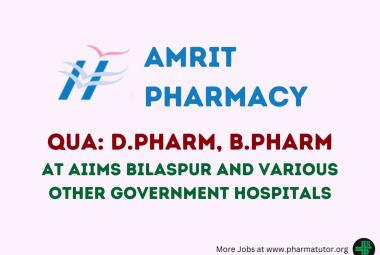The growing use of biologics, drugs with newer mechanisms of action, and combination therapies are trending in the global rheumatoid arthritis (RA) market. BCC Research reveals in its new report that the biosimilars market should grow at a torrential five-year (2015-2020) compound annual growth rate (CAGR) of 71%.
Rheumatoid arthritis is a chronic inflammatory disease characterized by progressive joint damage, disability and systemic complications. The goal of treatment in RA is to achieve clinical remission. When remission, defined as the absence of signs and symptoms of inflammation, is unattainable, the target of treatment is to lower disease activity, particularly in patients with established RA. This report provides perspective on drugs and therapies used in the management of RA.
The global market for therapies for RA is expected to grow from USD 19.9 billion in 2015 to nearly USD 21.3 billion by 2020, reflecting a five-year CAGR of 1.3%.As a therapeutic class, anti-interleukin biologics should grow from nearly USD 1.2 billion in 2015 to USD 1.5 billion in 2020 on a five-year CAGR of 4.4%. Biosimilars as a therapeutic class should reach nearly USD 5.4 billion in 2020 on a five-year CAGR of 71.0%, up from an anticipated USD 368 million in 2015.
The market for RA treatments in the seven major markets (U.S., France, Italy, Germany, Spain, U.K., and Japan) is expected to reach USD 16.3 billion and USD 17.2 billion in 2015 and 2020, respectively, reflecting a five-year CAGR of approximately 1%. The genericization and introduction of biosimilars for major products such as etanercept, infliximab and rituximab will impact market growth.
The market in the rest of the world (RoW), including India and China, should total USD 3.6 billion and USD 4.1 billion in 2015 and 2020, respectively, growing at a five-year CAGR of about 2.5%. The introduction of cheaper biosimilars and Janus kinase inhibitors (JAKs) will drive market growth.
The biosimilars market will witness incredible growth both in the RoW and globally. Their robust adoption is expected in the seven major markets, where healthcare providers are pushing for more affordable options to the high cost of biologics therapy, particularly for chronic immunological diseases.
"Worldwide, the value of the biosimilars market will grow from about USD 174 million in 2014 to almost USD 5.4 billion in 2020 due to the introduction of biosimilars," says BCC Research analyst Geeta Ogra Bedi. "Presently, a growing number of biosimilars are in the late stage of clinical development. Although biosimilars don't promise the kind of cost savings generated by their small-molecule counterparts, they still possess the ability to yield significant cost savings."
<< Pharma News
Subscribe to PharmaTutor News Alerts by Email











.png)

